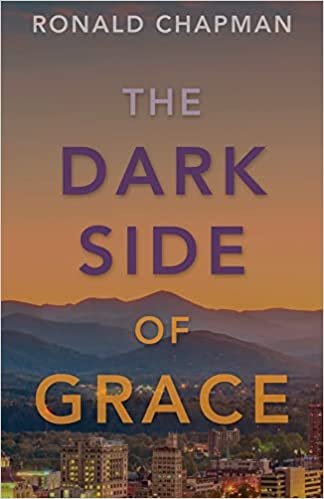Joy Triumphs
/One Life Story
I am now sixty-three years old, beyond the age at which my mother died in 1990 from a recurring bout of breast cancer. To be honest, her death was a blessing in some ways. The effects of battling the disease along with severe complications associated with reconstructive surgery had simply exhausted her.
At the time I was a hospice volunteer, so death and dying were not new to me. Still, I was surprised by how swiftly she went from a mental state of cancer survivor with a will to persist to a woman who was simply too tired to continue. Thankfully her passing was swift and gracious with her dignity intact.
It is that matter of dignity that has been most indelibly imprinted within me. As one’s body is ravaged, as the ego is brought face-to-face with mortality, as each day one deals with loved ones and friends who would like to help but cannot, as the invasions of medical practice inexorably threaten one’s sense of well-being, and as one deals with challenging pain, how can we continue to rise above these threats to the very nature of our humanity?
I am reminded of the book, A Life Larger than Pain, by Erv Hinds. He is a physician who has practiced for years in treating chronic pain. In an interview I conducted with him on public radio he observed, “The most undertreated human condition is heartache.”
There it is. Tending to the heart…to our insides…is where we find what we need in the face of daunting challenges.
Stephen Levine captured this elegantly in another book, Unattended Sorrow: Recovering from Loss and Reviving the Heart. As the keeper of the body of work on death and dying developed by Elizabeth Kubler Ross, Levine explored how to constantly work on our inner state despite threats of all types. And it is here that I have taken refuge.
Over the years of our lives, we regularly experience loss, disappointment, failure and the like. This is not to say that life does not include joy, success and other positive experiences, but it is those events and circumstances that hurt our heart which need our attention. It is in attending to those feelings, injuries and wounds that we address heartache.
When my mother died, I grieved profoundly. I remember taking a long walk in the high desert west of Albuquerque, New Mexico. On that day and in that moment, I collapsed on the ground, sobbing. It was painful and heart rending. The thought that came to me was “loss is loss is loss.” I saw that all the hurts of my life that had not been healed were linked to her death by feelings. Later, I would read that our feelings are stored in our brains as trace chemicals and indeed they are connected biologically. No wonder a single episode of loss can be so painful.
In the years that followed, I undertook a number of healing practices. That included Levine’s book as well as some therapeutic assistance. Slowly but surely, old injuries and wounds bubbled to the surface. Tears came…tears that over time became gentler…tears that healed. Understanding emerged and gave way to compassion and empathy.
What I now see is that all the many unattended sorrows had hardened my heart. It was not that heartache was inevitable, rather that a softened heart could allow for appropriate and necessary sadness and grief. Within that softened heart kindness, forgiveness and love can flourish.
My father died in 2005. It was not from cancer, though he had just been diagnosed with a particularly virulent tumor only a few days before. He passed swiftly during the night with my sister and me beside him.
The following morning, I took a long walk. There was no heartache. Instead, sweet memories brought forth wistfulness and exceedingly gracious tears.
I believe the two experiences of the death of my mother and father offer meaningful contrast. Threat, fear, disease or death need not undermine our humanity. Heartache and grief are not inevitable. Suffering is not a requirement even if loss and sadness occur.
What then does this tell us?
I am reminded of the opening scene in a movie, Slumdog Millionaire. The plot is unimportant for our purposes, but that introduction to the movie captures something extraordinary.
The main character, a boy by the name of Jamal, is shown in a village in India. In a prank by a friend, he has been trapped in an open-air latrine just at the moment that a great movie star is arriving in town. Jamal is a huge fan of the actor and desperately wants him to autograph a photo.
We see Jamal in the wooden latrine with photograph in hand. He can only escape by jumping through the seat of the stall into the huge vat of human waste below it. It is a supremely conflicted moment. But his passion wins out, and he drops himself downward with photo held high to protect it.
A few moments later Jamal runs into the crowd that surrounds the movie star. Excrement drips from his entire body but the look on his face is one of rapture as he extends the photo toward the actor.
In that instant, the whole of human transcendence is expressed. No matter the filth and nastiness, joy triumphs. There can be no greater dignity than this.
Seeing True ©
Human transcendence is realized when joy overcomes.














